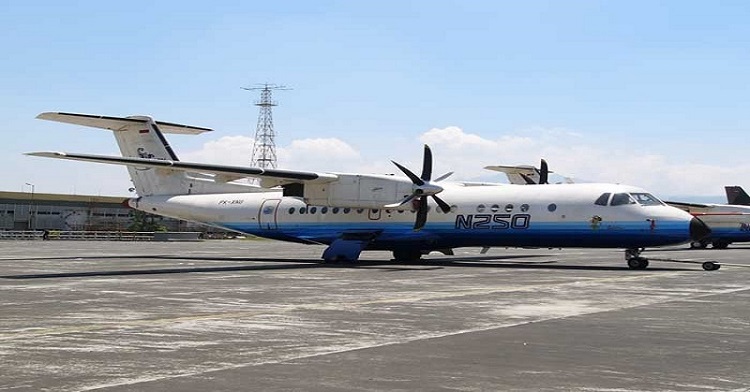Indonesia’s aspirations for a national aircraft project have come to an end.
The dream began with the maiden flight of Industri Pesawat Terbang Nusantara’s (IPTN) N-250 commuter plane in 1995, backed by then-research and technology minister B J Habibie.
Despite initial success, the project faced setbacks, including a fatal test flight accident in 1996 and a crash of the N-250 in 1997, amid the Asian financial crisis.
Habibie’s efforts to keep the project alive through the establishment of the private company Regio Aviasi Industri (RAI) in 2012, failed last week with the company’s dissolution.
Despite its closure, former IPTN’s technical director and RAI president Agung Nugroho is launching a new project, developing cost-effective, cargo-carrying helicopter drones to establish Indonesia as an unmanned aerial vehicle hub.

In 1998, the IPTN was hit by the impact of a US$42 billion IMF bailout package which led to job losses.
Continued efforts to revive the project were stalled due to economic constraints and insufficient capital from foreign investors.
While the government withdrew the project’s National Strategic Projects status in 2021, other investors continue to press forward with plans to introduce drones to remote regions.
Habibie’s national aircraft project has faded away, yet the dream of Indonesia producing its own aviation technology persists.

